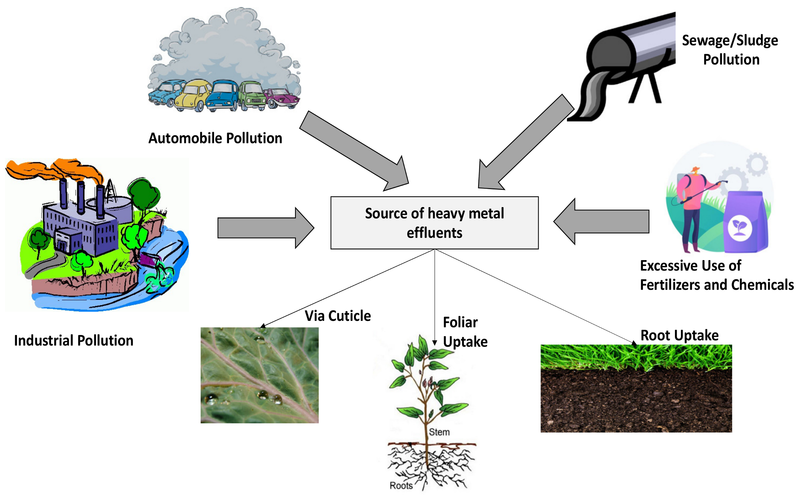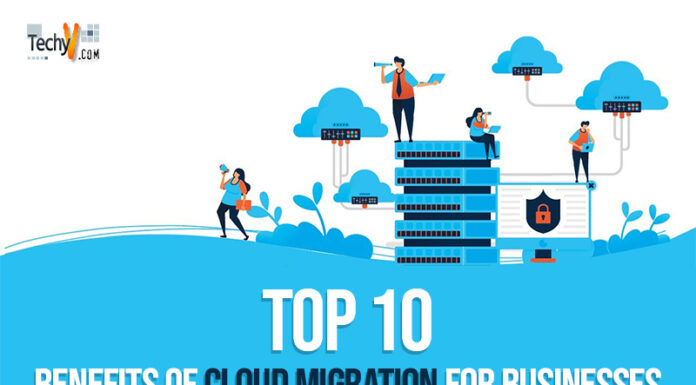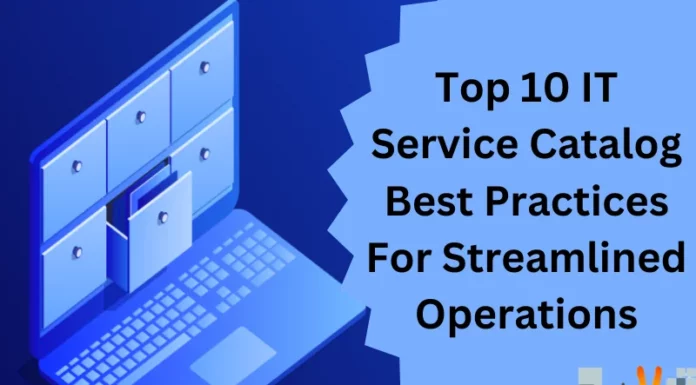What Is Edge Computing?
Edge computing is referred to as assigned IT architecture, which progresses computing resources from cloud and data centres as achievable. The essential aim of edge computing is to recess demand while moving with the data and saving network costs.
Edge can be adapters, ISPs, routing switches, integrated access devices, multiplexers, etc. The most important thing regarding this edge computing is that it should be geographically near to the gadgets.
What Is The Edge Computing Process?
Data manufacture on the customer’s computer or any other buyer applications. It then proceeds to serve across channels, like the internet, intranet, LAN, etc. Where the details are saved and worked on, this is an effective form of client-server computing.
The expanding extension in the volume of the details proceeds and the number of gadgets attached to the internet has formed a hard standard data frame to assist them. This sum of the data puts unbelievable demands on the internet, which causes blockage and disturbance.
The Theory of edge computing says that – rather than bringing the data closer to the data center, the data center is brought closer to the data. The depot and determining resources from the data center are located and where details are created.
Applications Of Edge Computing
Eliminates Latency
Latency is the necessary time to cross the data in the middle of a network. The vast distance joining the two points combined with network blockage and purposes retarded. The two points combine with the help of edge computing, and latency matter is nothing.
Lessen Blockage
Over time, the enhanced internet and data capacity of billions of devices can cause massive levels of obstacles. In edge computing, limited deposits and limited servers can execute important edge observation in the management of the network.
Logical Operations
It helps corporations in improving their daily operations by rapidly producing huge amounts of data at data creation locations. It is a structural way instead of sending all the data to an integrated cloud, various times zones aside, which root to lavish network retard and performance case.
1. Local, Real-Time Retail Data Analysis
Edge computing passes some depot and computes assets nearer the data source. Data analysis occurs during the data-generating process. This data originates in retail stores, factory floors, and across the city. The findings of the edge computing operations are sent back to the leading data center for evaluation and other human interactions. It provides real-time company data, equipment maintenance projections, and different actionable results.
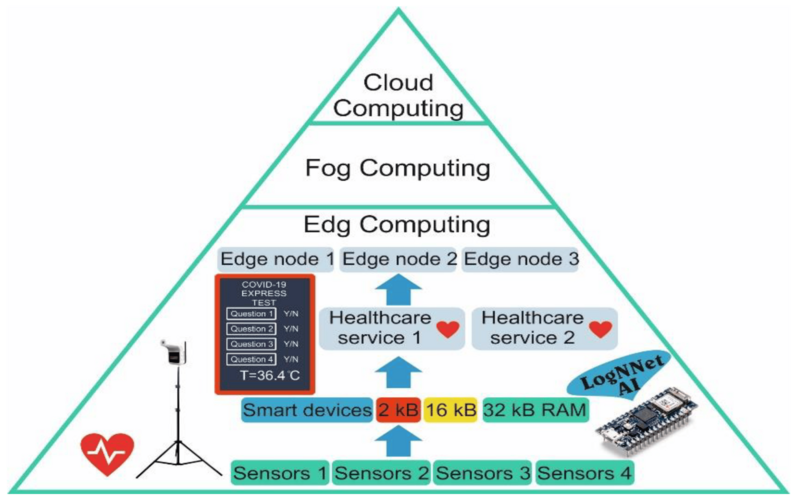
2. Accelerated Data Analytics
Edge analytics allows the smooth use of data sharing time-sensitive, confidential information above an unsafe network. The charge of cloud data storage, transfer ability, and remote computing power can cost thousands of dollars per day. Edge analytics bodies are initially costly overhead and operational charges.
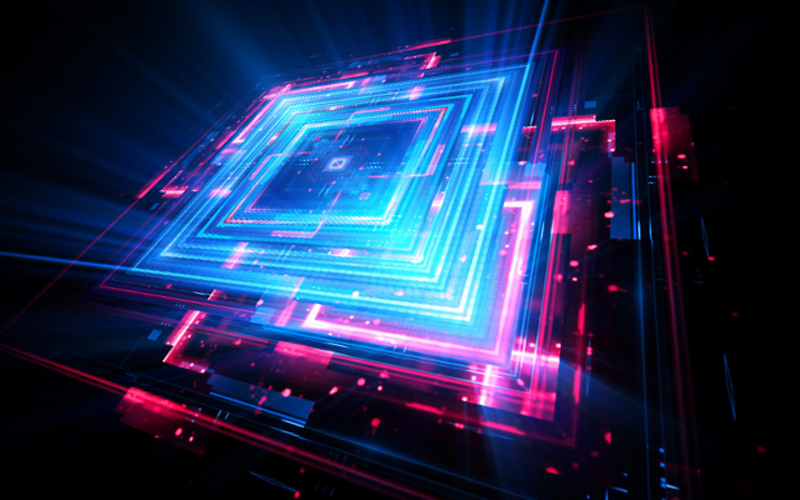
3. Security Systems That Work Better
Companies with combined resources outside the skip of integrated data centers should check the security to defend apps and consumer at the edge of their network. Edge security secures apps and users on the network edge and applies inside security load to scare and weakness at all the points of access.
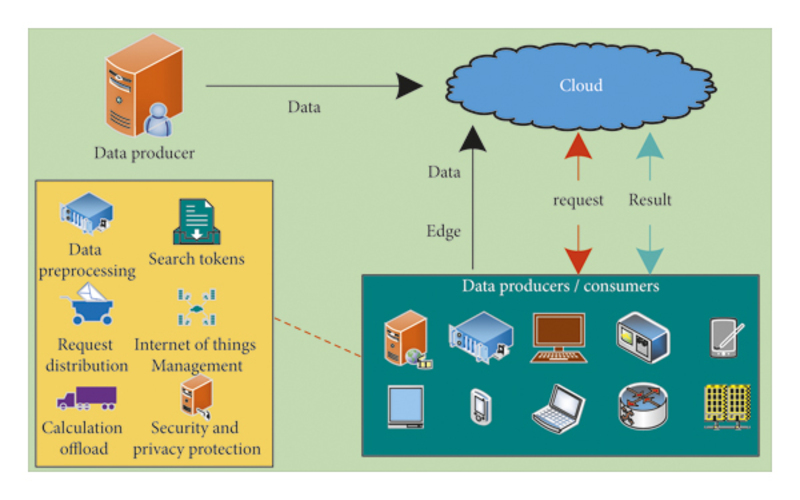
4. Data Collection In The Real World
Access points are such types of edge devices that gather data from intelligent sensors. It does not have any pre-made or resolution ability. Mainly, cloud-IoT answers focus on the middle of data gathering and saving, which is not suitable for perfect data gathering and usage.
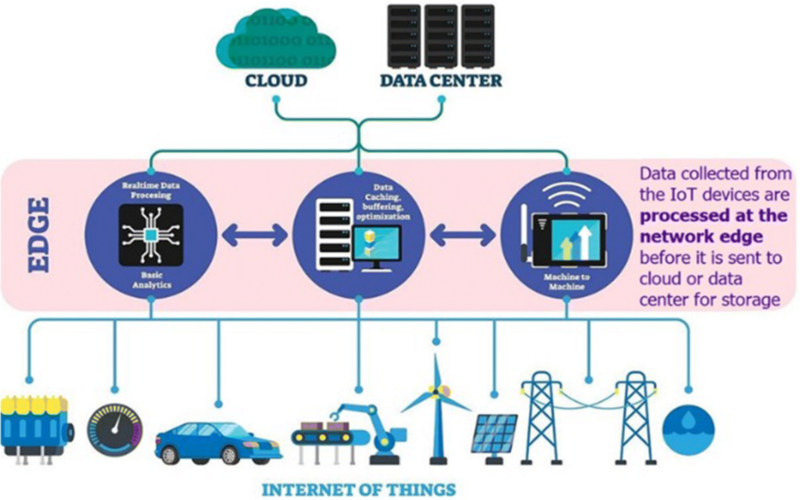
5. Manufacturing
To observe manufacturing, we generally use edge computing to allow real-time examination and machine learning at the edge to follow creation issues and correct the product manufacturing value. Edge computing includes triggers all over the manufacturing plant and supplies how the product components are stored and how the product is in goods. Now, edge computing helps manufacturing by making faster and more business decisions.
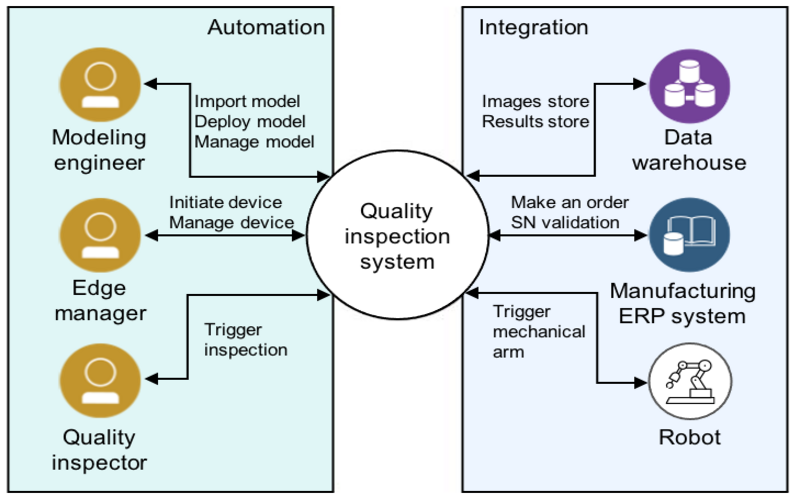
6. Respond To Security Concerns
A critical discussion of edge computing is that the device must collaborate with the network, but it is not a secure network. Edge computing orders that device control data, which is frequently sensitive data. Edge computing systems are not as secure as the network and get impacted. The combination of both physical and logical safety is observed by edge computing. Physical safety estimates that gadgets are sufficiently safeguarded and that only qualified individuals have access to them.
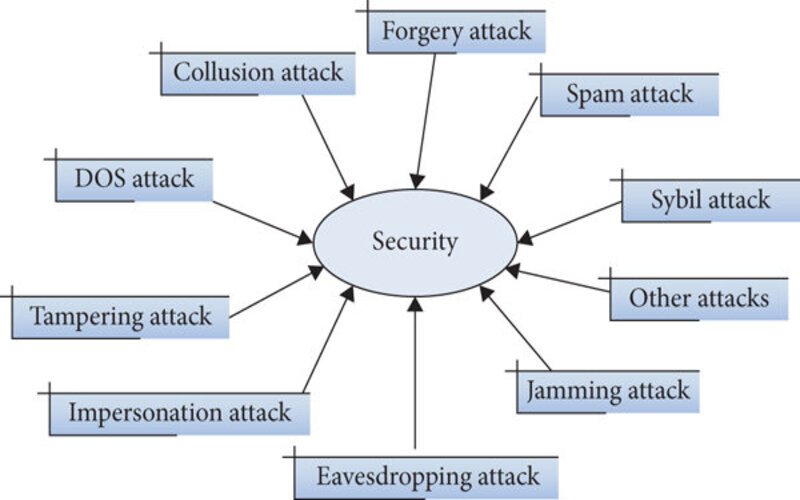
7. Design And Create Architecture
It is best to analyze some existing use cases and spend enough time generating clarity before making design judgements. Every company has its own set of objectives, goals, and resources. It is essential to realize that the use case in question will impact the overall architecture and design of the edge computing ecosystem. Another excellent alternative is to invest in technology that can be accessed from any location, whether internally, in the cloud, or at the edge.
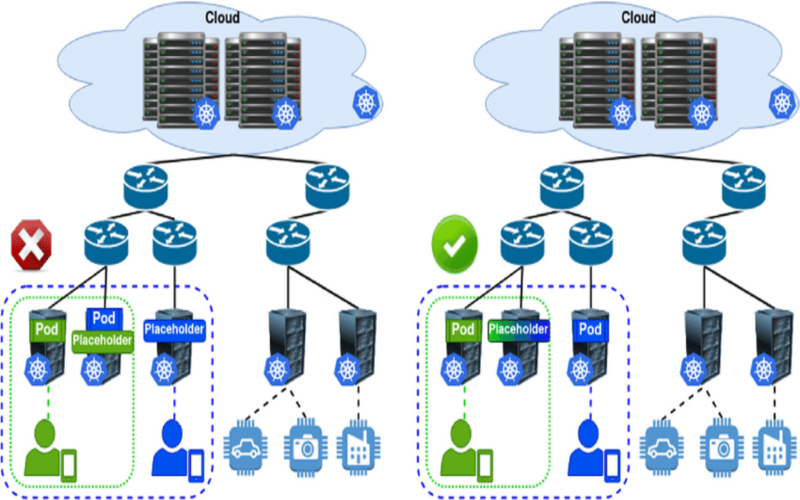
8. Virtual And Augmented Reality
Providing images and videos for VR can be concentrated and wants higher levels of extracting power and comparable transference ability. There were many difficulties in the phrase of latency and all over output with before obtained technology associated with. A certain number of these duties taken by edge computing quickly data transferred, and output with less latency makes sure for virtual and augmented realities. It then changes the game for many manufacturers using augmented and virtual realities. The players are the automotive industry, educational, gaming, healthcare, and production.
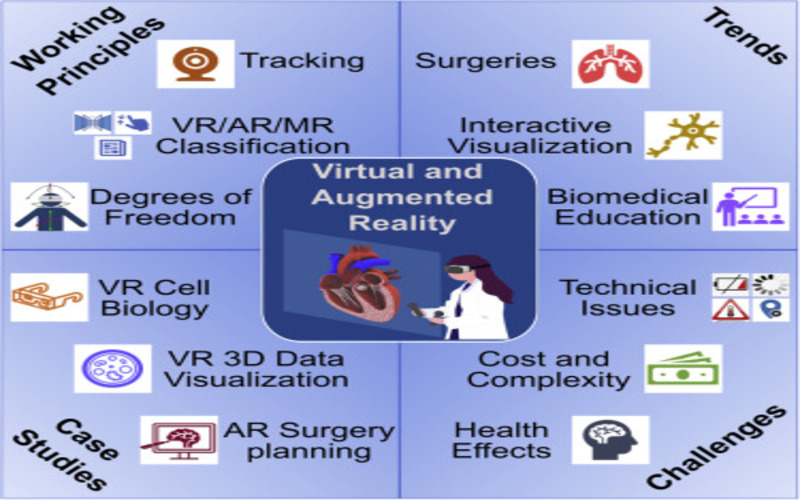
9. Predictive Analytics
The arising significance of the data is one of the most crucial difficulties of the internet. Advertising, sales, and go-back investment measures have been aimed out in service of cold complex data act such as profiles, activities, email addresses, and phone numbers. The data made from anywhere interactions with the servers along with IoT can construct awareness that can exchange how the business processes.
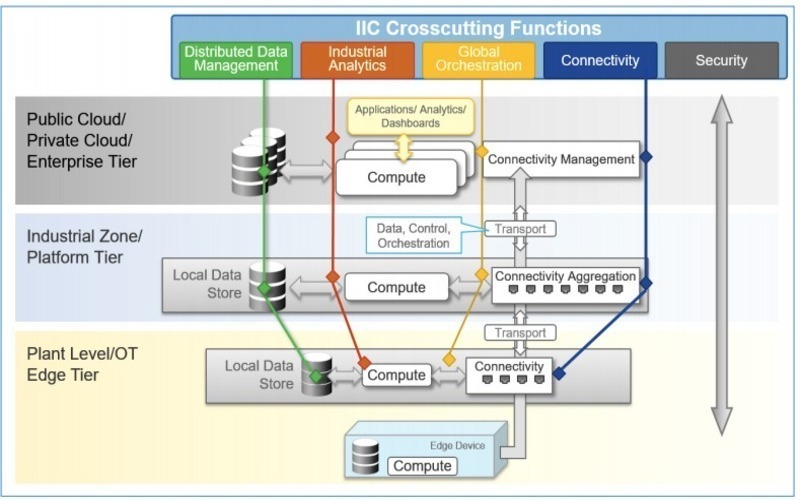
10. Agriculture Sector
This new technology has become a powerful tool for supporting farmers in making data-driven decisions and achieving sustainable farming methods. Using sensor permit the business to path trace water use and nutrient density and decide are optimal harvest. Data is composed and observed to search the effect of the environment part and continuously enhance crop growth and ensure crops are harvested in top surroundings.
